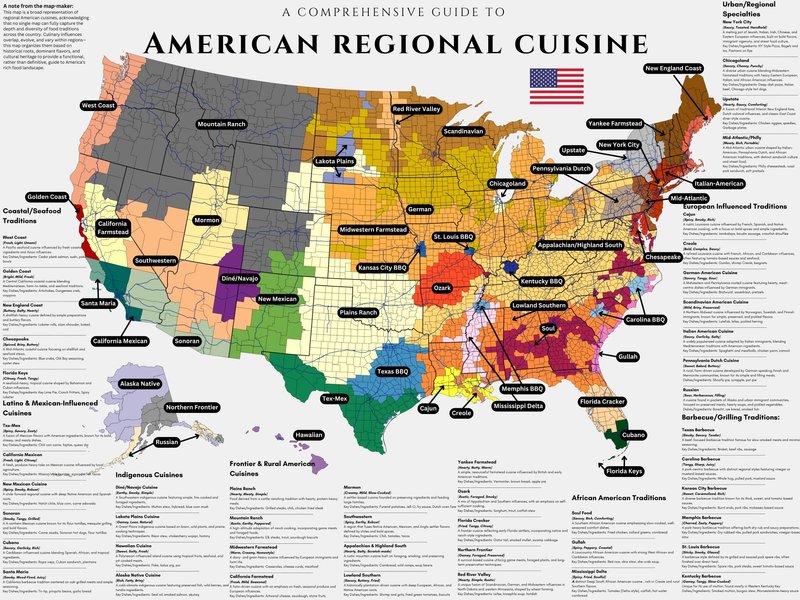Sublime
An inspiration engine for ideas
The consequence of the projection of national sins, and specifically racism, onto one region is a mis-narration of history and American identity. The consequence of truncating the South and relegating it to a backwards corner is a misapprehension of its power in American history. Paying attention to the South—its past, its dance, its present, its
... See moreImani Perry • South to America: A Journey Below the Mason-Dixon to Understand the Soul of a Nation


I’ve always rejected the tendency to talk about Southern food as unhealthy. Greens, beans, corn, and even freshly slaughtered meat, the mainstays of our foodways, are, relative to the standard American diet, quite healthy. Our nutritional deprivation these days is more than anything a consequence of fast food, mass production, and poverty. But I
... See moreImani Perry • South to America: A Journey Below the Mason-Dixon to Understand the Soul of a Nation
“[t]he South has tons of black people, so even if you’re racist, you’re still down with the black people. But up there, they ain’t got that many black people so they don’t even know how to act.”
Imani Perry • South to America: A Journey Below the Mason-Dixon to Understand the Soul of a Nation
One afternoon, many months later, when I continued interviewing Walter for a profile I decided to write, I blurted out to him, “I love Charleston, but it feels different from Savannah.” He said, “Charleston has a lot of transplants. People from up North.” Characteristically he withheld what might be a withering judgment. No excess needed. I didn’t
... See moreImani Perry • South to America: A Journey Below the Mason-Dixon to Understand the Soul of a Nation
Genteel poverty slowly became both cultural ideal and ready excuse—southerners would deemphasize wealth and magnify lineage to dissociate themselves from wealthy northerners, a practice that continues today.
Kristen Richardson • The Season: A Social History of the Debutante
There was also a community of Black Miamians in Liberty City, and one in Coconut Grove, though there, in the early twentieth century, Bahamian culture predominated. In the late 1920s, Zora Neale Hurston visited Miami and was delighted to witness a Bahamian dance. This prompted her to travel to the Bahamas,…
Some highlights have been hidden or
Imani Perry • South to America: A Journey Below the Mason-Dixon to Understand the Soul of a Nation
What the White South confronted in the movement era was a paradigm shift. There was a model for sustaining White supremacy: terrorizing Black folks, the dispassionate acquiescence of the White North and the federal government, economic control, and an ideological hold on its ranks managed by humiliation and cruelty. But a model only holds as long
... See more